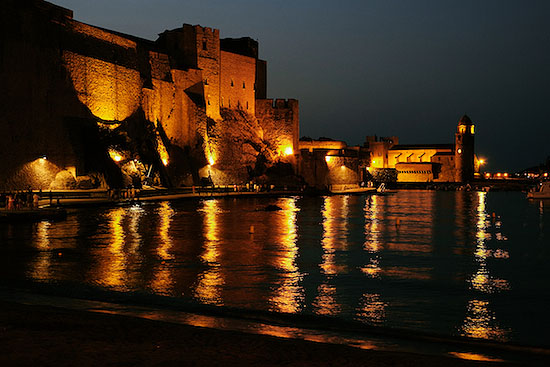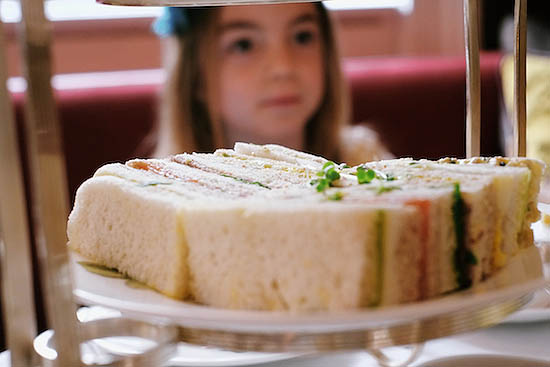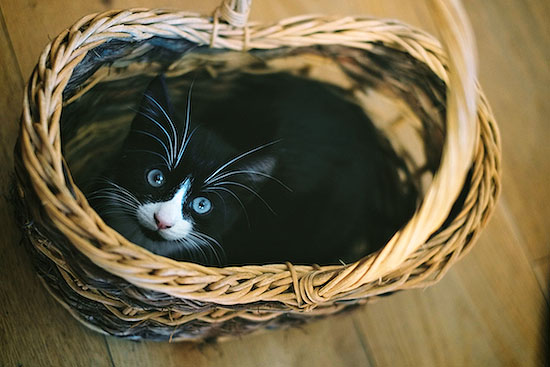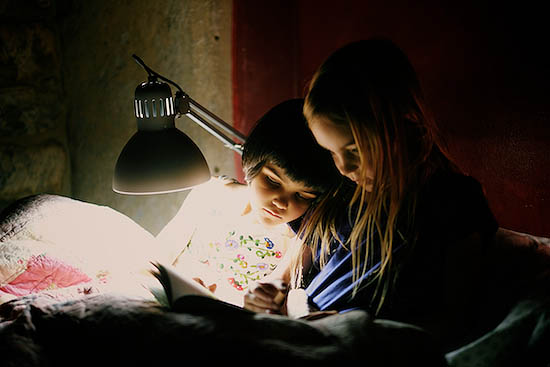
How does Fuji’s interchangeable-lens rangefinder-style camera do on holiday?
There’s travel photography, and then there’s vacation photography. In the first you’re traveling to shoot, and your time and gear is chosen carefully to deliver great images. In the second, you’re just on holiday and like everyone else, you want to bring a camera along.
This is specifically a review of using the camera on a family vacation – I wasn’t sent to England and France on assignment, nor did I spend lots of time there specifically going out to shoot. But I did want to bring a camera that wasn’t going to annoy me.
Those of you who have been following along for a while will remember that it was a vacation trip to California last year that pushed me into looking for a smaller but high-performing camera. The willing but somewhat limited Olympus EPL2 has now been and gone, and it was the Fuji X-Pro1 (and 18mm F/2.0
and 35mm f/1.4
lenses) that made the trip with us across the Atlantic.
Lighten the load
If you’re used to lugging full-frame DSLRs and a couple of lenses around, the ease of transport with the Fuji is a great relief. Turns out my the whole kit (plus spare battery, a couple of filters and a spare card) fits in the small but perfectly formed Think Tank Slim Changer, which dropped into the long-suffering Timbuk2 Medium Classic Messenger I tend to travel with. This left a ton of room for books, iPad, laptop, chargers, inflatable neck pillow and other travel necessities.
Once we arrived, the lightness and ease of transport continued and on our long sightseeing days in London, I brought the camera (and often whichever lens wasn’t on the body) everywhere, and never felt weighed down or very obtrusive.
I could take photos of afternoon tea in a very posh Picadilly hotel without feeling everyone looking at me because I’d pulled out a 5D Mark II with a 24-70mm attached.

The setup is understated enough that I felt safer with it in crowded places, too – it doesn’t scream expensive pro-grade camera.
But ease of use doesn’t go too far if it takes dodgy photos. At first when I was reviewing photos from the trip I was disappointed. Most looked a lot like holiday snaps. But then I remembered they were almost all holiday snaps – I wasn’t putting a lot of time or thought into the images, I was just documenting what we got up to. The camera had exposed things nicely and the images were crisp. They just weren’t very good .
I looked back at last year’s holiday photos (taken with a 5D II) and they looked just as humdrum, (from a photographer’s perspective rather than a father and husband’s). Once I remembered that the camera (and myself) are capable of a lot more under different circumstances, I felt better.
For the standard holiday shots, the camera performed really well most of the time. Since this wasn’t carefully considered shooting, a medium zoom (already announced by Fuji) would have made some things a bit more convenient, but between them the 18mm and 35mm did well.
Mac and SD Card niggle
One issue was the slow start-up speed after you’ve put the SD cards into a Mac – apparently Macs write some data to the card which trips up the Fuji on start-up, making it a lot slower that it should be.
I didn’t want to wipe the cards after the images were on the computer as backup until we got home, and once I forgot to lock the card before inserting into the Mac. I missed a few off-the-cuff shots I wanted while waiting for my camera to switch on. Annoying, and hopefully there’s soon a firmware update for that problem that hasn’t affected any of the other cameras I’ve used with my Mac.

Worth the Cost?
These glitches aside, as a light but powerful everyday shooter the X-Pro1 does well, but there are much cheaper cameras that can do a similar job (including a lot of Micro-Four-Thirds cameras, such as the one I’ve just got rid of). So is it worth the large amount of extra money?
When I looked through the holiday images again, I saw there were a handful of more considered images that really shone. And these are where the camera shows its true worth. It’s small enough that you don’t mind carrying it around all day, and it doesn’t draw attention to itself. But when you want it to, it can produce great images.
The low-light performance seems stronger to me than my Canon 5D Mk II – I’m not afraid to push the ISO to 3200. The evening shots in the French town we stayed in were clean and sharp, even though some were hand-held when they really shouldn’t have been. And the shallow depth of field available with the 35mm f/1.4 (which is more or less a 50mm equivalent on a full-frame camera) is a lovely option to have.
Auto ISO – nearly useful
And when I was moving from inside to our a lot – such as in the Tower of London – I tried using the Auto ISO. I’d love to just be able to set it to Auto ISO with the option to set a maximum ISO and a minimum shutter speed. Then all I’d need to worry about is setting the aperture for the type of shot I wanted.
But the Fuji doesn’t let you set the minimum shutter speed, and by default chooses one that can be too slow. So I set the shutter speed manually – basically using 2000/sec or above outside in bright sun, and 125/ or 250/sec inside, knowing that the camera would use its wide range of ISO to get the right exposure. The downside of setting the shutter speed manually is that you then can’t use the exposure compensation dial. So the quicker Fuji let you set minimum shutter speed in Auto ISO mode the better.

Conclusion
The Fuji X-Pro1 is a great camera for a keen photographer to bring on holiday. I think the reason I wasn’t so blown away with the first impressions was that I’m used to lugging my DSLR with me on vacation. So for me, I had the same image quality and range of manual control as I’d always had. But then I had to remember that I was getting this in a much lighter, more nondescript package that didn’t get in my way or wear me out carrying it all day.
So when looked at in comparison with a good DSLR, it’s a different way to get to the same place – high quality digital images. A DSLR is a cheaper and more flexible way to get there, but the X-Pro1 has its own more subtle strengths (and its own niggles and annoyances if you’re expecting it to behave exactly like a DSLR). Whether those strengths (smaller size and weight, discretion, low-light performance, retro looks) are worth it to you is something you’ll have to decide.
But for me as a pro shooter going on vacation, it was a great choice.
And on the much-commented auto-focus performance, I have mixed feelings about it. When I’m using the X-Pro1 I feel less confident that I’m nailing the focus than on my 5D II – and I’ve taken to using the electronic viewfinder more than I thought I would to try and make sure I get this right. But when I review the images, I don’t think I’ve missed more than my fair share. In fact, I shot a kids’ shoot the other day with my Fuji on one shoulder (with the 18mm lens) and my 5D II on the other (with the fast-focusing EF 85mm f/1.8 on the other). I missed more shots with the Canon.